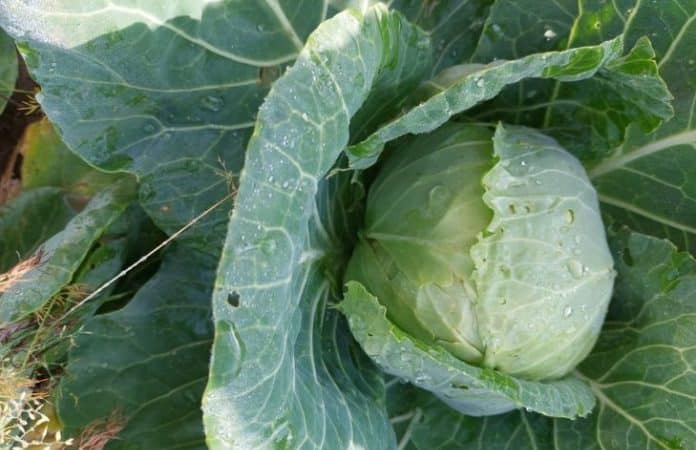
Cabbage is a wonderful vegetable, but it does require a lot of patience and care to grow it well. If you’re aiming for a dense, juicy cabbage, you’ll need to be especially patient! One of the most common issues that gardeners face is cabbage cracking.
Causes of cabbage cracking
Cracking of cabbage shoots is usually caused by sudden changes in humidity.
After a drought caused by heavy rainfall or excessive water, cabbages quickly become compressed and the upper leaves cannot withstand the internal pressure, leading to cracking.
Intense growth of cabbage towards the end of ripening can also cause cracking.
Correct irrigation is the basis of treatment
One of the most important aspects of preventing cabbage cracking is proper irrigation.
Regular and even watering helps to maintain soil moisture.It is advisable to water the cabbage early in the morning or late in the evening.
Loosening and mulching
Loosening the soil around the cabbage will promote better access of water and air to the roots, which will help maintain optimum conditions for plant growth.
Mulching also plays an important role, preventing rapid evaporation of moisture from the soil and keeping it more evenly moist.Straw, peat or compost can be used as mulch.
Choosing the right cabbage varieties
Some varieties of cabbage are more resistant to cracking than others.
Gardeners who encounter this problem may consider planting varieties such as ‘Slava’, ‘Globus’ or ‘Copenhagen Market’.These varieties are characterised by their compact, crack-resistant heads.
Fertilizer control
Excessive nitrogen fertilisation can cause rapid growth of cabbage, which increases the risk of cracking.
It is important to maintain a balance in the plant’s nutrition by providing not only nitrogen but also potassium, which strengthens the structure of the cabbage and makes it more resistant to external influences.
Regular use of organic fertilisers such as compost or humus also helps to maintain healthy cabbage growth.
Harvest early
Timely harvesting of cabbage is an important aspect of preventing cabbage cracking.
It is important that the optimum time for harvesting is when the cabbages have reached their maximum size but have not yet started to crack.
Cutting in the morning or evening also helps to keep it fresh and prevent damage.
Protect against pests
Pests such as cabbage flies or aphids can weaken plants, making them more susceptible to cracking.
To avoid this, plants should be inspected regularly and pests should be controlled in time.
An effective and safe method of control is to use biological methods such as insect predators or organic insecticides.
Ensuring steady growth
To prevent cracking, it is important to ensure even growth of the cabbage.This can be achieved by regular plant care, including fertilisation, irrigation and soil loosening.
It is also useful to monitor weather conditions and, if necessary, protect the plants from extreme weather events such as heavy rainfall or drought.
Application of complementary methods
Some gardeners use the method of lightly cutting the roots of the cabbage to prevent cracking.
This slows down the flow of water and nutrients to the shoots, which helps avoid sudden growth spurts.However, the method requires caution and experience to avoid damaging the plant.
We told you earlier how to care for peppers in July.

